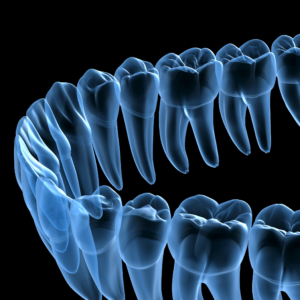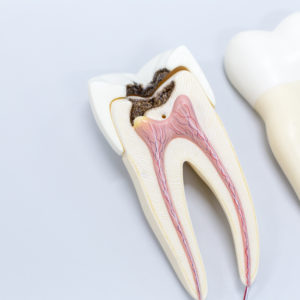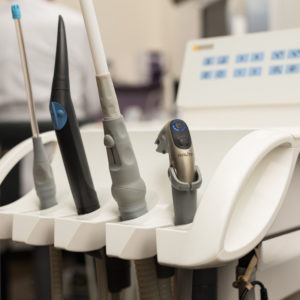Dental Procedures

Paint on Protection: How Fluoride Varnish Benefits Both Kids and Adults
As an additive to numerous community water sources, fluoride has worked its magic to prevent caries and improve oral health for more than 75 years. In fact, the US Centers for Disease Control and Prevention (CDC) lists water fluoridation as one of the 10 great public health achievements in the… Read More

Maximizing Esthetics with Cutting-Edge Restorative Materials
Typically, dental esthetics are measured by the look of the front teeth. A recent report projects that growth in esthetic dentistry in the United States will approach $30 billion by the year 2024, due, in part, to an aging generation of baby boomers.1 There are a number of ways to… Read More

Preventing or Treating Dry Socket
You extract a tooth, a blood clot forms in the empty socket, and healing begins. That’s the ideal scenario, anyway. But things don’t always go as planned. For instance, the most common complication in third-molar extraction is said to be alveolar osteitis, also known as dry socket.1 Dry socket… Read More

Saving Teeth Through Vital Pulp Therapy
When caries has extended into the pulp, vital pulp therapy may be a good treatment option, as long as the tissue is not overly inflamed.1 Also known as pulp capping, this procedure is designed to keep the pulp alive, allowing it to heal itself. This is accomplished by sealing the… Read More

The Art and Science of Gingival Augmentation
As we age, many of us will experience gingival recession and the problems associated with being “long in the tooth.” At the other end of the periodontal spectrum are those with the dreaded “gummy smile,” another esthetic handicap. Fortunately, treatments for these conditions are continually improving, and many general dentists… Read More

Shaping and Cleaning for Successful Root Canal Treatment
In today’s climate of minimally invasive dentistry, root canal treatment (RCT) makes sense. Instead of extractions and implant placements, the patient’s own tooth can be strengthened and left in place. To accomplish this, any infected tissue in the canals must be removed, and the canal walls shaped, cleaned and disinfected. Read More

Glass Ionomers Still the Best Option for Some Dental Restorations
In the opinion of many experts, glass ionomer restorative materials are among the greatest advances in dentistry since their debut around 50 years ago. These water-based materials are composed of a fluoro-alumino-silicate glass powder, and other elements such as calcium. When mixed with polyacrylic or polycarboxylate acid, the glass powder… Read More

Strategic Approaches to Periodontal Disease Treatment
When pathogenic bacteria are allowed to run rampant in the oral cavity, they can infect the gingiva. This type of infection can lead to gingivitis, periodontitis, bone and periodontal ligament damage, and, ultimately, tooth loss. The key to periodontal health, of course, lies in prevention. But when this fails and… Read More

Digital Impression Scanners Improve Restorative Accuracy
You have to admit, no matter which side of the technology fence you are on, digital impressioning has a lot to offer. Although many dentists continue to rely on elastomeric materials to capture dental impressions, increasing numbers appear to be going the digital route, which captures tooth structure in exquisite… Read More

Silver Diamine Fluoride (SDF): A Proven Caries Management Strategy
Dental caries reportedly affects 97% of the people on the planet during their lifetimes. 1Berg J. The marketplace for new caries management products: dental caries detection and caries management by risk assessment. BMC Oral Health. 2006;6(Suppl1):S6 But thanks… Read More
 (800) 560-6066
(800) 560-6066